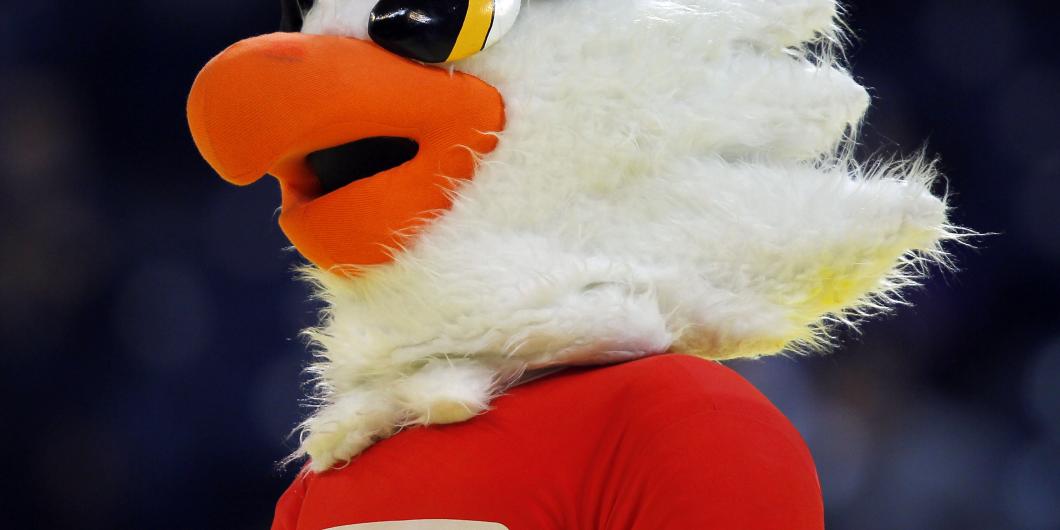There is a long and successful tradition in European handball since the foundation of the federation of opening up the organisational rights for EHF EURO events to all national federations.
Up until 2016, the twelve Men’s EHF EURO final tournaments had been organised by twelve host nations - the first to organise a Men’s EHF EURO for the second time will be Croatia in 2018. Similarly, the Women’s EHF EUROs have been organised right across Europe although a number of countries have and will host the event on more than one occasion.
The 2012 edition was original planned to take place in the Netherlands - but the Dutch Federation withdrew from the organisation at short notice prior to the final tournament draw for financial reasons. With only six months prior to their start of their flagship event, the EHF had to search for a new organiser - and eleven national federations applied to take over the Women’s EHF EURO.
Serbia steps into the breach
The EHF Executive made an historic decision: Only eleven month after hosting the highly successful Men’s EHF EURO event in January 2012, Serbia were granted with the right to organise the Women’s EURO 2012 too.
Under the leadership of Bozidar Djurkovic, Head of the Organising Committee and then Secretary General of the Serbian Handball Federation, the same venues and the same well-rehearsed teams got their second chance at the organisation of the EHF EURO.
Belgrade, Novi Sad, Vrsac and Nis were the venues for both European Championships - and in both events the huge Kombank Arena in the Serbian capital hosted the final weekend.
In both, male and female - competitions, Serbia achieved their best ever EURO results ever: The men reached the final against Denmark to win the silver medal, the women made it to the semi-finals, unfortunately missing the medals, and finally finishing in fourth position.
Satisfying result
“It was a clear advantage working with the same organiser for two championships in a row. We are all satisfied with the warm welcome,” said the EHF President, Jean Brihault, who had been elected at the EHF Congress in Monaco in June. He also praised both the Serbian Handball Federation and the authorities in the country for their fantastic support.
People all over Serbia had new heroes and heroines to support – players such as Darko Stanic and Momir Ilic as well as Andrea Lekic and Dragana Cvijic.
Even a new world record for a women’s match with 13,000 fans attending the semi-final between Serbia and Montenegro in Belgrade. Besides, both EURO events produces record-breaking TV figures in Serbia and the rest of Europe.
Following the completion of the men’s event, the then EHF President, Tor Lian, was also full of praise for the efforts of the Serbian hosts. “Serbia have done a great job,” he said. “ They accepted all the challenges and there was a really good understanding between the EHF and the Serbian Handball Federation, which led to a very successful organisation.”
And after both EURO’s had come to an end, all at the Serbian Federation were extremely happy too: “We are very proud and satisfied. All my people did a great job in our second opportunity to host an EHF EURO event in 2012,” said Djurkovic - knowing that the next challenges was just ahead: Serbia also organised the next big women’s handball event, the 2013 Women’s World Championship in December 2013 – with many of the same venues and staff.
This time the Serbian’s dream of a medal came, winning silver against Brazil in a final attended by nearly 19,000 fans in Belgrade.


